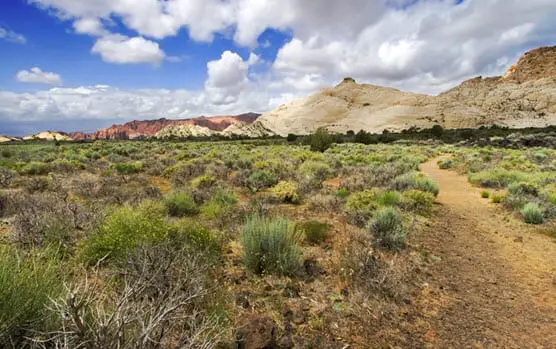
Alternative energy may find home in marginal lands
January 24, 2013Alternative energy goals may be reached through use of marginal lands
The U.S. has lofty goals concerning alternative energy and will likely need to find creative ways to meet these goals in order to find success. It is well known that the most popular forms of alternative energy, solar and wind power, require large tracks of land in order to be considered viable. Typically, land that can serve a variety of purposes, such as farmland or locations for new communities, gets the most attention. Researchers from the Michigan State University suggest that marginal lands could be a more suitable home for alternative energy systems.
Unused land could be the key to success
Land presents a significant problem to alternative energy. The federal government has, thus far, been unwilling to devote useful land that could serve as home to alternative energy systems when that same land could be used for new crops or homes. Marginal lands, however, could serve as a home for such energy endeavors because they have already been classified as unsuitable for food crops and other initiatives. While marginal lands may never be home to food crops, they can harbor alternative energy systems without interfering with their ability to produce renewable power.
Biofuels may be the best way to make use of marginal lands
Solar and wind power are not the only forms of alternative energy that could find a home in marginal lands. Researchers note that there is significant potential to grow several species of cellulosic biomass in these territories. Cellulosic biomass are plants grown for the specific purpose of fuel production. These plants are the building blocks of biofuels like ethanol. Researchers suggest that there in 5.5 billion gallons worth of ethanol capacity in the marginal lands of the Midwest U.S. alone.
Biomass crops would have little impact on ecology
Today, marginal lands go largely unused in any official capacity. They do serve as home to a robust, yet fragile ecology, however. Researchers note that using these lands to grow plants that can be used to produce biofuels would have nearly no impact on the environment of marginal lands. Alternative energy systems, such as wind turbines and solar farms would have a considerably larger impact.



 HFN News is your leading source for fresh hydrogen and renewable energy updates. Amid the fast-paced growth of hydrogen companies, we provide top-notch news and insights about this exciting sector. Our coverage spans from hydrogen cars to global sustainable initiatives, and we highlight the latest in green jobs and developing hydrogen hubs. We invite you to share your local hydrogen news and explore today’s renewable energy job listings on our site. Thanks for choosing HFN News as your trusted guide to the hydrogen and renewable energy world!
HFN News is your leading source for fresh hydrogen and renewable energy updates. Amid the fast-paced growth of hydrogen companies, we provide top-notch news and insights about this exciting sector. Our coverage spans from hydrogen cars to global sustainable initiatives, and we highlight the latest in green jobs and developing hydrogen hubs. We invite you to share your local hydrogen news and explore today’s renewable energy job listings on our site. Thanks for choosing HFN News as your trusted guide to the hydrogen and renewable energy world!